Somehow this post got started and then never finished or posted. I think it was just waiting for me to have some important reason to share it….today is the day.
Way back in October I visited Monterey and Pacific Grove (California) for a wedding with my son and we had a few minutes to stop and check out the Monarch Butterfly Sanctuary which unfortunately didn’t have any monarchs yet.
We walked around and looked in the trees and along the trail but not a single butterfly to see. We were just too early in the season.
Yesterday, I read an article from the Washington Post on monarch butterflies. The title had caught my eye, “Activists seek endangered status for monarch butterfly”. The article reminded me of our visit to the sanctuary and nudged me to actually finish and post this for you to enjoy.
Did you know that over the past 20 years, the monarch population has fallen by as much as 90%, according to the Center for Biological Diversity? I find that statistic shocking! The reason for the decline is partly because of dwindling supplies of milkweed along the thousands of miles of their migratory route and the illegal deforestation of their winter habitat in Mexico. Of course, the monarch butterflies that overwinter in Pacific Grove face their own perils. Reduction in the groves of coastal trees that provide cover and the reduction in native milkweed are of major concern to the California migration of monarchs.
The Xerces Society website has a list of things we in California can do to help the monarch butterflies, including the planting of milkweed and participating in the Thanksgiving Monarch Count. The results for the 2014 count are available here: Data Western Monarch Count. Shocking numbers!
I hope you take some time to educate yourself about the seriousness of this issue. Resolve to share this information with your children so that they know how important it is to conserve not only the local milkweed habitat but to encourage others to do the same.
What would the world be like without these beautiful creatures? Sad day if we lose these special insects.
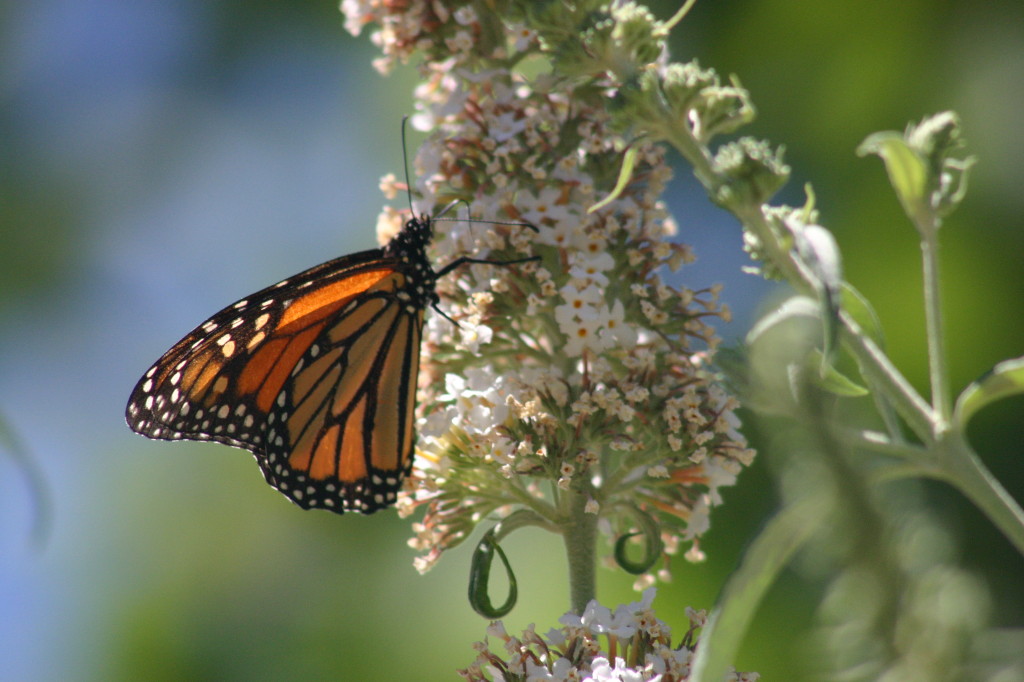

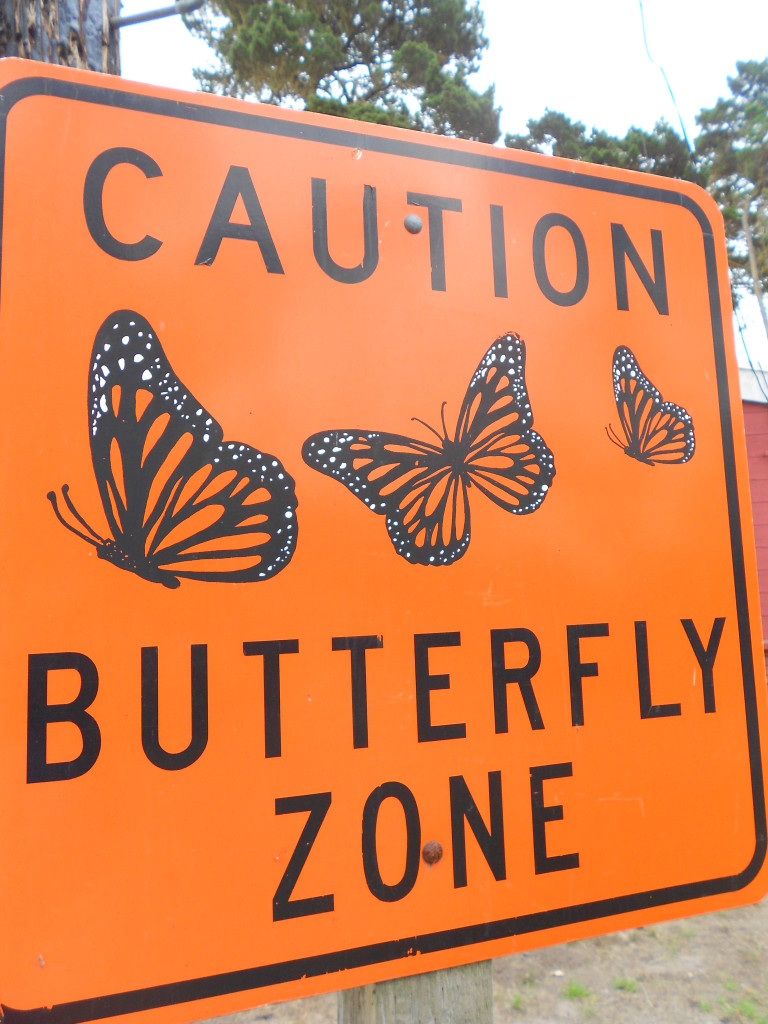
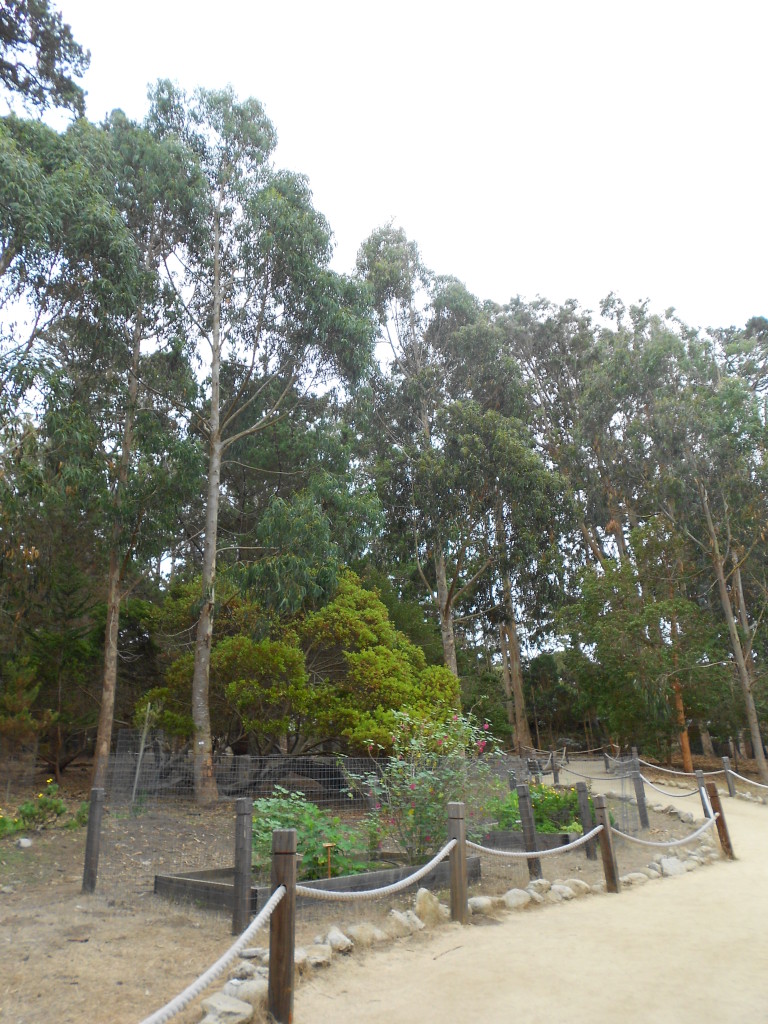
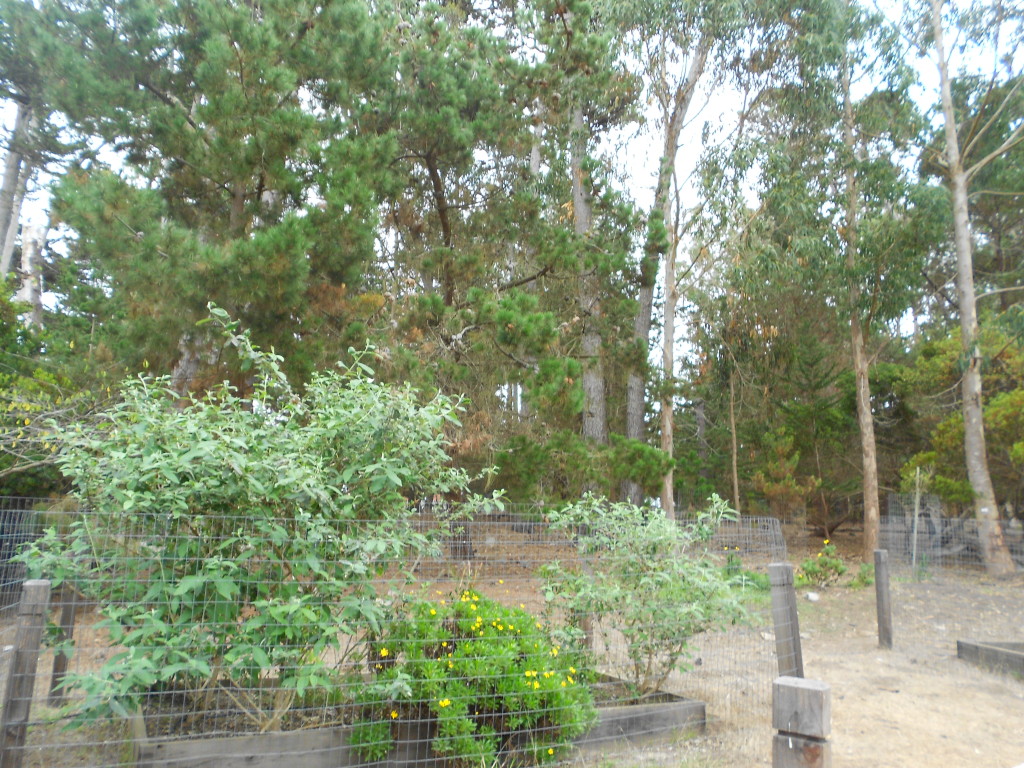

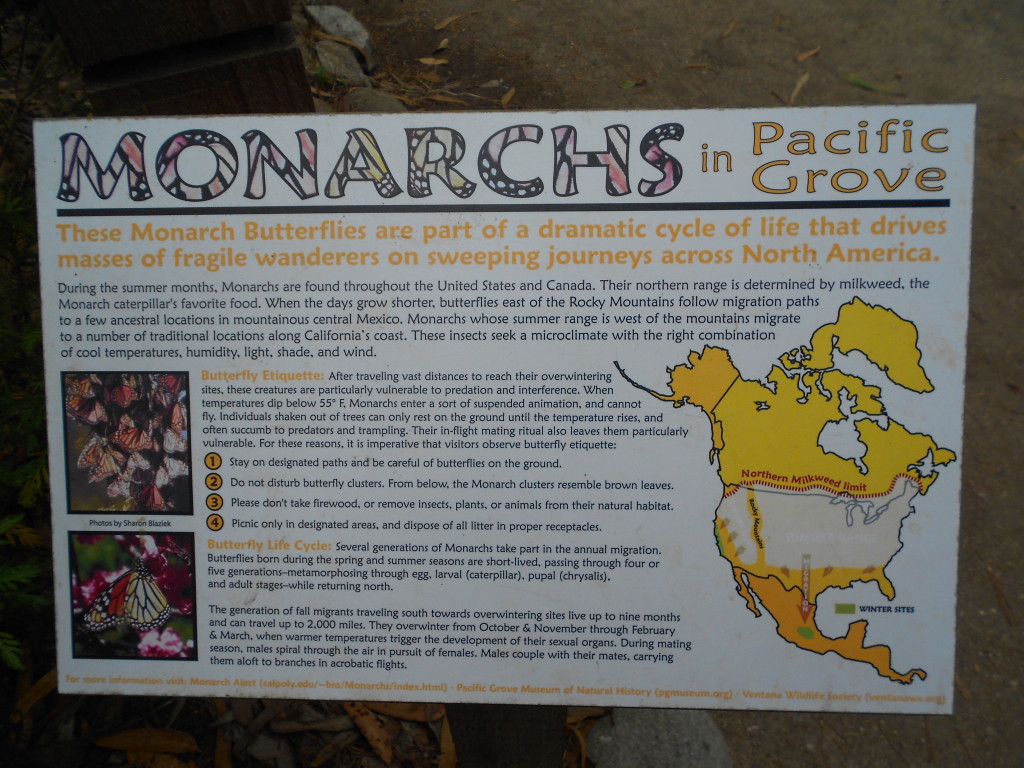
Very interesting article. I didn’t know that the population had decreased by that much. That’s rather sobering.
When we first moved to our farm, there was some milkweed growing here. Not a lot, but enough so that each year we have opened the pods and let the seeds float away and find a new place to grow. Now, we have milkweed all over our farm which is nice. The monarchs love it.
I don’t have seeds now since it is winter and all of them are in the ground and under the snow. However, in September if you want me to send you a milkweed pod filled with seeds let me know. I’d be happy to mail you the seeds. You would have more than enough to start a garden and share with friends. The milkweed that grows here is so low maintenance. In fact, it’s NO maintenance. It just grows and spreads on its own.
I will check into whether planting non-native milkweed will help or not. Thank you so much for the offer…so sweet!
Wow! Thanks for posting this. I was not aware of such a critical decline in their population. We have tons of milkweed growing by us & we have noticed that we do not see as many monarchs or their eggs. I too would be willing to mail a pod to anyone. Right now the plants are under 2-3 feet of snow & it’s -9 degrees outside, so you will have to wait until July. But if you are interested, let me know?
I forgot to mention we have two types of milkweed; common milkweed & swamp milkweed. Monarchs enjoy them both.
I will try to remember to put out a post sometime next summer so those that those that are interested can be in contact with each other. Thank you!!!
Monarch Watch is a great organization that is working on this issue. They have a great website as well. The Journey North is a great website that tracks the Monarch throughout its growing season using citizen scientists. Everyone is welcome to contribute.